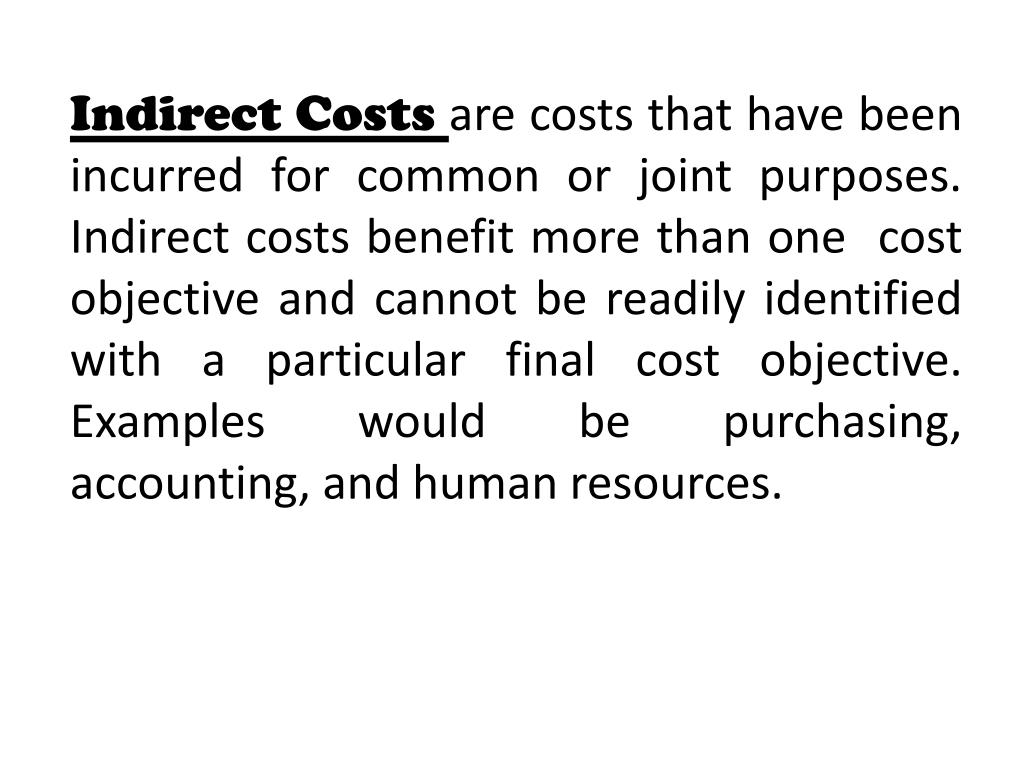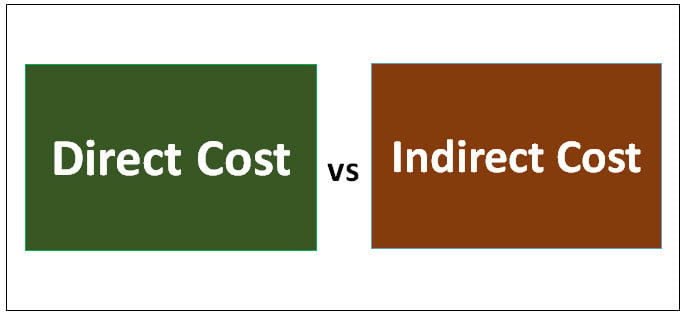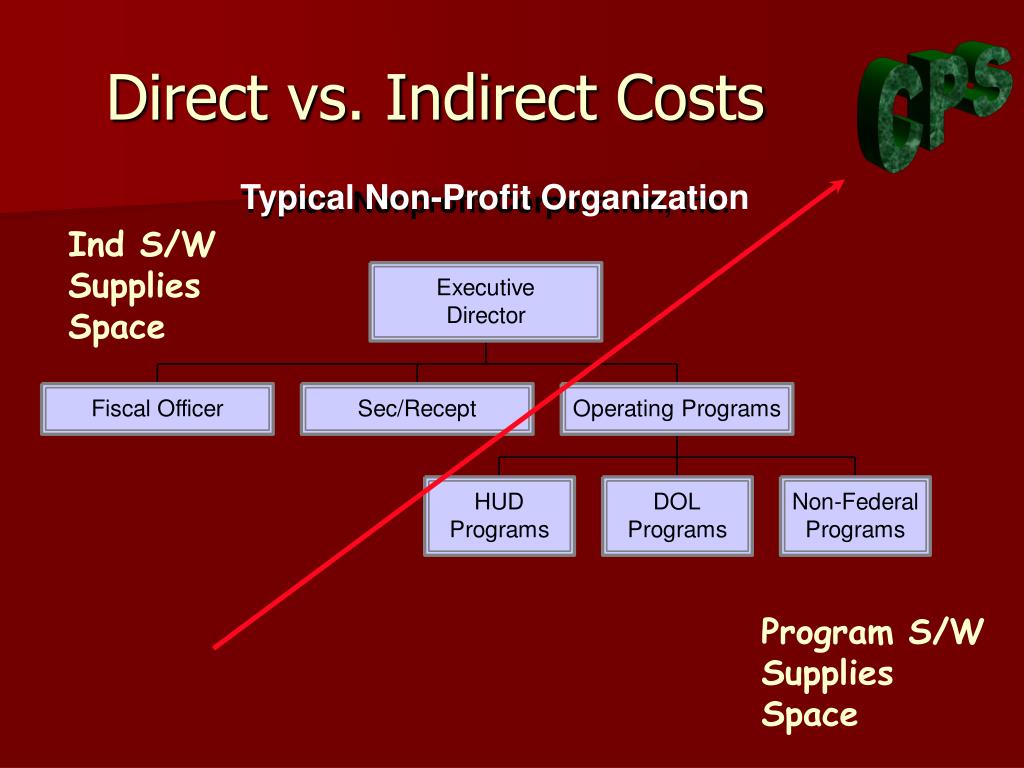

The excess of the elected rate and the rate in the entity's Indirect Cost Rate Proposal will be held back until an approved NICRA is issued. If the effective period indicated in the applicant/subrecipient's NICRA has expired but there is documented evidence (at the time of NFWF fiscal review) that an Indirect Cost Rate Proposal or application for extension has been submitted to the cognizant agency and the approved rate is pending, the applicant/subrecipient may elect to accept a rate of 10% of MTDC (Uniform Guidance Definition).

The federal government has determined that a de minimis 10% indirect rate is an acceptable minimum for organizations without a NICRA, as such NFWF reserves the right to scrutinize ALL proposals with indirect rates above 10% for cost-effectiveness.Applicants/subrecipients must provide a copy of their approved and valid NICRA with their application in order for indirect cost reimbursements to be considered. Valid provisional, final or fixed NICRAs will be accepted. An approved and valid NICRA is one in which the rate has been authorized by a cognizant agency and the effective period has not expired.Applicant/subrecipients with an approved federally recognized and valid Negotiated Indirect Cost Rate (or Recovery) Agreement (NICRA) from their cognizant agency can charge indirect costs to projects based on their negotiated indirect cost rate and modified total direct cost (MTDC) base, both as listed in their NICRA.Please review the Definitions (D) Frequently Asked Questions (E), and Appendix sections of this document for more information. In those situations, the following indirect cost policy applies.

The National Fish and Wildlife Foundation (NFWF) recognizes that in some instances award subrecipients might have costs that are not directly attributable to projects or activities being funded by the Foundation, but that the recovery of those indirect costs is necessary in order to effectively implement the respective projects or activities. For awards subject to OMB Uniform Guidance, 2 CFR Chapter I, Chapter II, Part 200 et al.


 0 kommentar(er)
0 kommentar(er)
